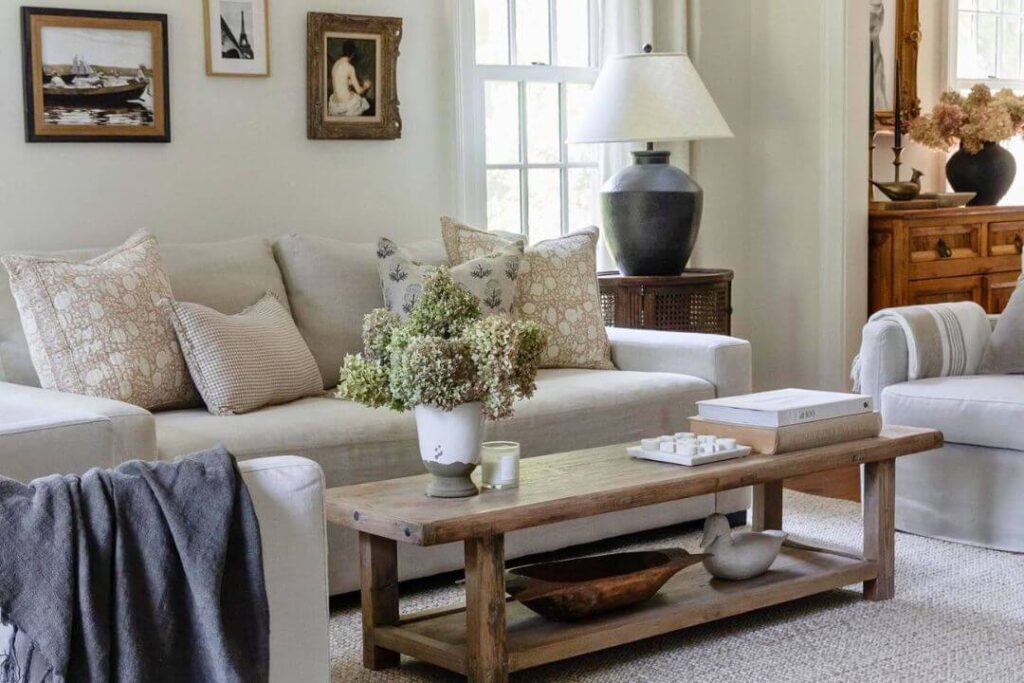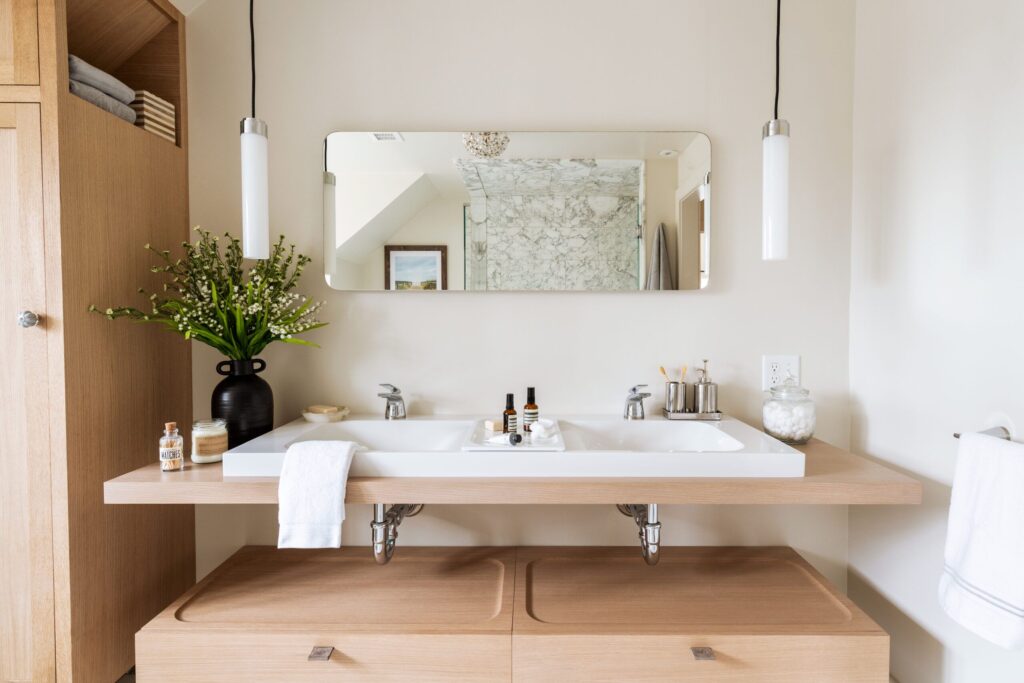
Embarking on a home renovation project can be exciting—but also overwhelming. Whether you’re updating a kitchen, remodeling a bathroom, or giving your entire home a facelift, it’s crucial to have a plan in place before the first hammer swings. Rushing into renovations without preparation often leads to budget overruns, project delays, and unnecessary stress.
To help you succeed, we’ve created the ultimate checklist to follow before starting any home renovation project. This guide will help you organize your ideas, plan your budget, and navigate the process with confidence.
Why You Need a Pre-Renovation Checklist
Home renovation involves more than just design ideas and contractor calls. It requires strategic planning, budget control, and clear communication to avoid costly mistakes. Following a comprehensive checklist ensures you don’t overlook crucial steps—and keeps your renovation on track.
SEO Keywords: home renovation checklist, planning a home remodel, how to prepare for home renovation
✅ 1. Define Your Renovation Goals
Before anything else, clarify your objectives. Ask yourself:
- What do I want to achieve with this renovation?
- Is it to increase home value, enhance functionality, or improve aesthetics?
- Will it be cosmetic, structural, or both?
Having a clear vision will guide all future decisions and help you communicate effectively with contractors or designers.
SEO Tip: Use phrases like home renovation goals or remodeling purpose in your web content.
✅ 2. Set a Realistic Budget
Determine how much you’re willing—and able—to spend on the renovation. Be sure to include:
- Labor costs
- Materials and fixtures
- Permits and inspection fees
- Unexpected expenses (add 10–20% for contingencies)
Compare quotes and do research to understand average costs for your type of project.
Keywords to include: home renovation budget, cost of remodeling, how to budget for home upgrades
✅ 3. Determine Your Scope of Work
Decide how much of the project will be DIY vs. what will require professional help. Are you knocking down walls, changing plumbing, or simply repainting and updating fixtures?
Having a defined scope will allow you to:
- Create a project timeline
- Request accurate quotes
- Avoid “scope creep” that leads to budget blowouts
✅ 4. Check Local Building Codes and Permits
Before demolition begins, research local building regulations and secure any required permits. Skipping this step can cause delays, fines, or even force you to redo completed work.
Check with your city or county on:
- Zoning laws
- Structural changes
- Electrical, plumbing, and HVAC modifications
SEO Keywords: renovation permits, home remodel legal requirements, building code compliance
✅ 5. Hire the Right Professionals
Choosing the right contractors can make or break your renovation. Take the time to:
- Get at least 3 estimates
- Check references and reviews
- Verify licenses and insurance
- Review their previous work portfolio
For design-heavy projects, consider hiring an architect or interior designer.
SEO Tip: Target keywords like how to hire a contractor or choosing the right remodeler.
✅ 6. Finalize Your Design Plan
Work with your professional team to create detailed design plans and material selections. This should include:
- Floor plans and elevations
- Paint colors and finish samples
- Appliance and fixture selections
- Lighting and plumbing layouts
Having everything specified upfront helps avoid decision delays and budget fluctuations.
✅ 7. Create a Project Timeline
Discuss a realistic schedule with your contractor and account for:
- Permitting process
- Ordering and delivery of materials
- Demolition and construction phases
- Inspection and cleanup
Make sure the timeline includes buffer periods for potential delays like weather or material shortages.
SEO Keywords: home renovation timeline, remodeling project schedule, construction planning checklist
✅ 8. Prepare for Temporary Disruptions
Depending on the scale of your renovation, you may need to relocate temporarily or adjust your living habits. Plan ahead by:
- Setting up a temporary kitchen or bathroom
- Storing valuables and furniture safely
- Arranging for pet care if needed
- Minimizing disruptions to your daily routine
✅ 9. Order Materials in Advance
Avoid project delays by ordering fixtures, tiles, cabinetry, and other materials as early as possible. Backorders and shipping delays can add weeks to your timeline.
Pro Tip: Confirm delivery dates with suppliers and track items carefully.
SEO Phrases: renovation material checklist, when to order home remodel supplies
✅ 10. Document Everything
Keep digital and physical copies of:
- Signed contracts and estimates
- Permits and approvals
- Invoices and payment records
- Correspondence with contractors
Proper documentation helps protect you legally and ensures accountability throughout the renovation process.
✅ 11. Communicate Clearly and Regularly
Maintain regular communication with everyone involved—contractors, designers, suppliers, and family members. Weekly progress meetings can help catch issues early and keep things on track.
SEO Keywords: remodel communication tips, working with contractors, project management for renovations
✅ 12. Prepare for the Unexpected
Even with the best planning, surprises can (and usually do) occur—hidden water damage, outdated wiring, or structural issues behind walls.
Build flexibility into your timeline and budget, and approach problems with a solution-oriented mindset.
Final Thoughts
Planning ahead is the secret to a smooth and successful home renovation. By following this ultimate renovation checklist, you’ll minimize risk, avoid costly mistakes, and make informed decisions every step of the way.
Remember: a well-planned project not only saves time and money—it leads to a more satisfying result. Whether you’re tackling a small bathroom upgrade or a full home remodel, preparation is the foundation of success.


